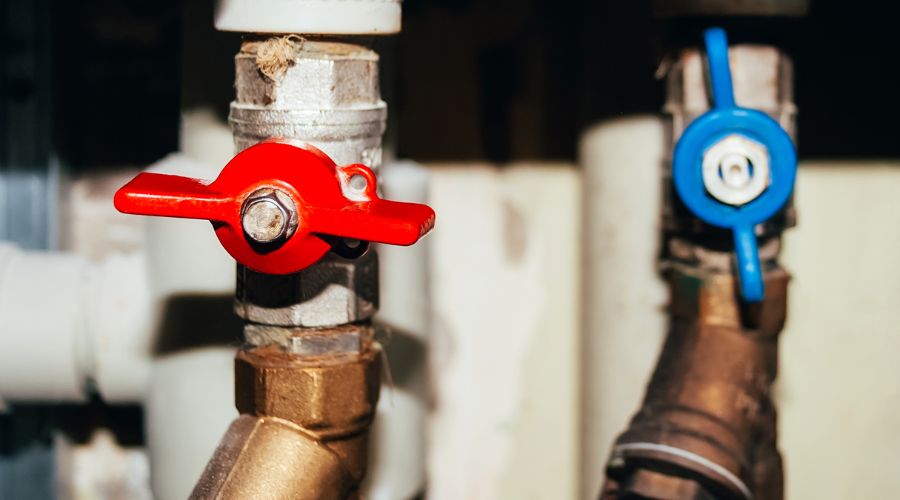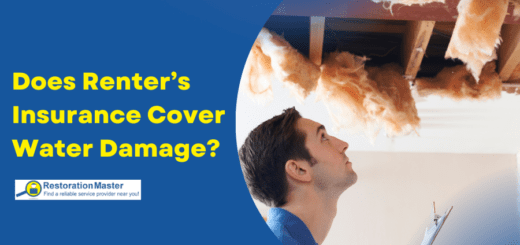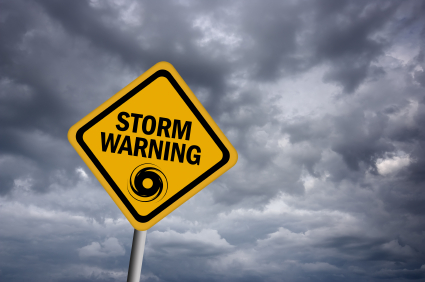What Causes Lower Water Pressure in Only One Faucet?
Low water pressure is a frequent problem in both residential and commercial plumbing. At times, this issue may be confined to specific faucets, but it can also affect the entire property, signaling the need for professional plumbing assistance. In this discussion, we’ll explore various troubleshooting techniques for dealing with low water pressure, whether it’s an isolated problem affecting a single faucet or a more widespread issue throughout your property. It’s crucial to adhere to the correct procedures for repairing or replacing faucets to avoid further complications. Proper execution ensures that the issue is resolved efficiently and effectively, maintaining the integrity of your plumbing system.

Water Pressure Troubleshooting
It is important to figure out where the water pressure issue at your property is coming from. Sometimes, the issue may come from a problem in your area. This may include hydrant flushing or a break in the water main. If you think this is the issue, make sure to check if your neighbors are having the same problem. Next, you should check the water shut-off valve in your basement where the water supply comes into your home. It is possible that the valve is leaking. Although these valves last a long time, they do not last forever. Finally, you may also have debris present in your pipes which may be causing low water pressure.
Water Pressure Issue in a Single Faucet
If you suspect a water pressure problem with your faucet, it is important to address the problem. While faucets are designed for durability, they don’t last forever and may require replacement. Over time, internal components can deteriorate, leading to inconsistent water pressure. First, verify whether the water valve under the sink is fully open or if there’s a leak. If these aren’t the issues, your faucet likely needs attention. Before proceeding, turn off the water supply using the valves under the sink. Open the faucet afterwards to drain any remaining water in the pipes and alleviate pressure.
Replacing a faucet is a manageable task that requires a basin wrench along with some standard tools. For those who prefer the DIY approach, the process could take about an hour. These steps are also applicable when mounting a new faucet on a new sink. Detailed instructions for faucet replacement are readily available on YouTube. Alternatively, one could enlist the services of a professional plumber. Regardless of the method chosen, it’s important to address any discrepancies in water pressure promptly to prevent further complications with your plumbing system.

Finding the Cause of Low Water Pressure in your Faucet
Beginning by identifying the problems you’re experiencing with your faucet is crucial. This applies to any faucet within your home or business. Below are several typical issues:
- Aerator – On the tip of every faucet, there is an aerator that prevents splashes and mess. Over time, it can get clogged which reduces water pressure. You can easily remove the aerator and clean it improves the water flow.
- Shutoff valve – Always make sure that the valve below your sink is fully open. If you want to be totally sure, shut it off all the way and then turn it back on.
- Cartridge or stem – This device is connected to the handle of the faucet, and it controls the flow of the water. Over time, these components become worn out and will need to be replaced. If you are not confident enough to do this as a DIY project, you should call a plumber so they can replace it.
- Newer low flow faucet – If you have a newer faucet, you may have an aerator or cartridge that is a low flow device designed to put out less water. There also may be many small issues that can cause a loss of water pressure.
Low Water Pressure in the Entire Home or Building
If you observe that low water pressure isn’t isolated to just one faucet but affects the entire home or business, it’s advisable to contact a plumber. This widespread issue could indicate one of several underlying problems:
- Debris buildup – You may have debris buildup in your pipes. Usually this comes from sand and dirt. If you are on a well, this is a common issue, however, this may also happen because there is a broken water main on your municipal system.
- A leak – If you have a leak in your plumbing system, you may end up with lower water pressure at your property. You can easily check by ensuring that all faucets are closed and looking at your water meter. If the dial is still moving, that means you have a water leak.
- Municipal water supply issue – Sometimes low water pressure is an issue coming from your municipal water supply. You can call a plumber and they can measure the water pressure when it enters the house. If you have low water pressure, make sure to report it to your supplier.
Professional Water Damage Restoration

Have you suffered from water damage at your home or business? It’s crucial to immediately contact water damage restoration specialists. Expert technicians are equipped with state-of-the-art tools and techniques to efficiently eliminate all standing water. Following this, they will meticulously dry, clean, and sanitize your property, ensuring it’s restored to its pre-damage condition. Water mitigation professionals are adept at managing the restorationRestoration is the process of returning a property to its pr... More process for all kinds of water damage, safeguarding your property’s integrity.












